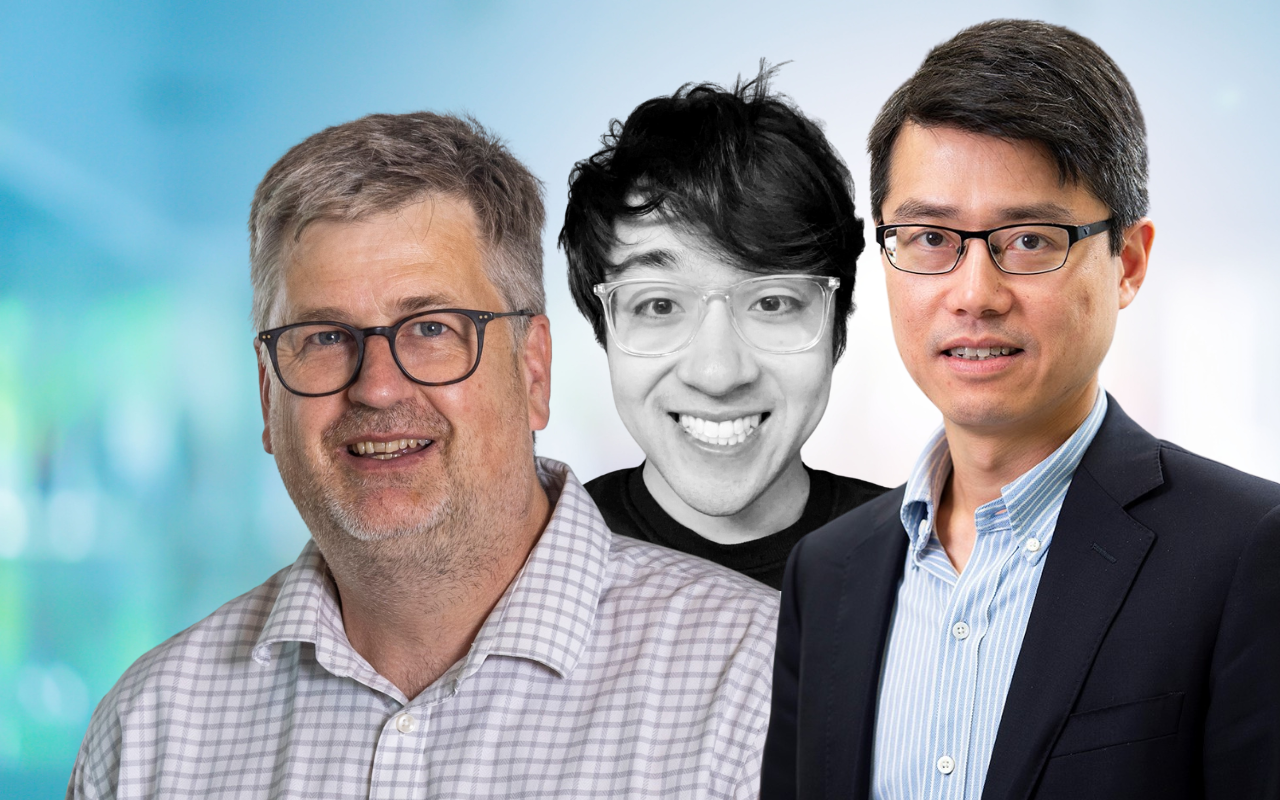Clinicians play a critical role in medical technology innovation; however, structured training in this discipline is lacking in Australia. We propose that formal education, using well validated methodologies, should be incorporated into clinical training at both undergraduate and postgraduate levels.
Australia is renowned for its first-class health care system, highly trained clinicians and impressive fundamental research output. However, we are far from world-class in our ability to effectively translate our medical research into real-world impact. As a percentage of per capita gross domestic product, Australia invests almost double that of the United States on medical research, but our medical innovation economic output — novel medical technologies, devices, diagnostics and drugs that directly benefit patients — is a quarter of the US, resulting in an almost eight-fold difference in medical research-to-innovation yield.
It is essential that we scrutinise and improve our approach to biomedical technology innovation. This article introduces the Biodesign Framework as a systematic approach to enhance translational capability in medical technology innovation, and outlines initiatives to integrate these principles into clinical education and practice.

The Biodesign Framework
The “valley of death” is a term frequently used to describe the gap between research and its real-world application, but it often oversimplifies the complexities behind why many research projects don’t reach fruition. To address this oversimplification and gain a more nuanced understanding of innovation challenges, we advocate for adopting the Biodesign Framework, which offers a systematic approach to pinpoint the root causes of failure in medical technology innovation projects.
The Biodesign Framework originated from Stanford University in the early 2000s and has become a world leading framework for medical technology innovation, contributing to the invention and translation of over 50 novel medical technologies in its 20-year history. At its core, the framework prompts innovators to evaluate and identify potential “killer risks” as the first step in the innovation process. While this requires upfront knowledge and effort, the expedited recognition of issues saves innovators and the broader research–industrial system significant time and money, often in the order of years and millions of dollars, and guides innovators away from projects that have an unacceptably high risk of failure at a later stage. The framework also provides a common language for clinicians and innovators (summarised in Table 1).
| Component | Description |
| Needs identification | Hundreds of potential unmet needs are identified through clinical observation, targeted interviews and needs research |
| Needs selection | The best unmet clinical need is selected through a structured and objective process |
| Concept generation | Brainstorming and prototyping of potential solution concepts |
| Concept selection | The best solution concept is selected through a structured and objective process |
| Clinical strategy | Strategy for regulatory approval, clinical testing and positioning/adoption |
| Technical strategy | Strategy for research & development and intellectual property |
| Operational strategy | Strategy for hiring, funding, commercialisation and reimbursement |
An emerging discipline of medical technology innovation
As is clear from the Biodesign Framework, a unique set of skills and knowledge is required to successfully develop a medical technology innovation discipline, drawing from fields as diverse as medicine, engineering, business and design. Just as research skills have become a compulsory component of medical school and specialist training programs, we propose that biodesign should become a core element of clinical education.
This integration would equip health care professionals with the multidisciplinary expertise necessary to navigate the complex landscape of medical innovation. By incorporating biodesign principles into the curriculum, we can foster a new generation of clinicians who are not only skilled in patient care but also adept at identifying unmet clinical needs, conceptualising solutions, and bringing innovative medical technologies to fruition. This approach would bridge the gap between clinical practice and technological advancement, ultimately leading to more effective and patient-centred health care solutions.
Addressing the problem
The Monash Institute of Medical Engineering, in collaboration with Safer Care Victoria, undertook a comprehensive initiative to address a critical gap in medical technology innovation training. We conducted intensive workshops with 65 diverse stakeholders, including clinicians, entrepreneurs, allied health workers, industry representatives, government officials, and academics, to identify knowledge gaps in developing and translating new ideas into products (Figure 1). This collaborative effort formed the foundation for our educational offerings aimed at enhancing understanding of key principles in medical technology innovation.
The insights gained from these workshops led to the development of two key programs accessible to all Australian clinicians. First, we created Foundations of Medical Technology Innovation, an online, self-paced short course that teaches the fundamental principles of biodesign in an approachable manner for clinicians and health care workers. We envision this as a catalyst for more comprehensive curricula across Australia. Additionally, we have developed the Biodesign Masterclasses, a series of workshops introducing clinicians and clinical researchers to essential aspects such as intellectual property, regulatory considerations, reimbursement strategies, and commercialisation approaches. By bridging the gap between clinical expertise and innovation skills through these time-efficient and accessible formats, we aim to empower health care professionals to contribute more effectively to the advancement of medical technology.
Conclusion
There is an urgent need to upgrade Australia’s capacity for medical technology innovation and translation. The Biodesign Framework represents a validated approach to address this need, providing a systematic method for identifying and overcoming barriers in the innovation process. By integrating biodesign principles into clinical education and offering accessible training programs, we will cultivate a new generation of health care professionals equipped with the multidisciplinary skills required for successful medical technology development. These initiatives not only bridge the gap between clinical expertise and innovation but also position Australia to become a leader in medical technology advancement. As we move forward, embracing and implementing these strategies will be crucial in enhancing our health care system, improving patient outcomes, and contributing to the global medical innovation landscape.
Figure 1: Innovation knowledge gaps: a system developed as part of our workshopping process. An example is shown below of the traffic light system we employed to quickly define and highlight obvious gaps in biomedical innovation know-how in a diverse stakeholder group, including clinicians with a range of professional experience. It was structured based on the concepts of biodesign, where red indicates major gaps, yellow indicates minor gaps and green indicates no gaps (Items 1-10 across each column were example concept technologies employed for the purpose of the exercise).
A/Prof Khoa N. Cao is an associate professor of medicine and engineering at the Monash School of Medicine and the Monash Institute of Medical Engineering, and the director of the Monash Medical Technology Lab.
A/Prof Leah Heiss is the Besen international research chair in design, Monash University and chair of the Victorian Premier’s Design Awards.
Dr Andrew Carey is program manager for the Monash Institute of Medical Engineering.
Shama Kazmi is project manager for the Monash Institute of Medical Engineering.
Prof John Forsythe is academic co-director of Monash Institute of Medical Engineering and a neurotechnology biomaterials engineering researcher at Monash University, Department of Materials Science and Engineering.
Prof Patrick Kwan is clinical co-director for the Monash Institute of Medical Engineering, professor of neurology in the Department of Neuroscience, within the Monash University School of Translational Medicine, and a senior consultant neurologist at Alfred Health.
The authors also acknowledge the support of the Safer Care Victoria Innovation Team in the work described.

 more_vert
more_vert